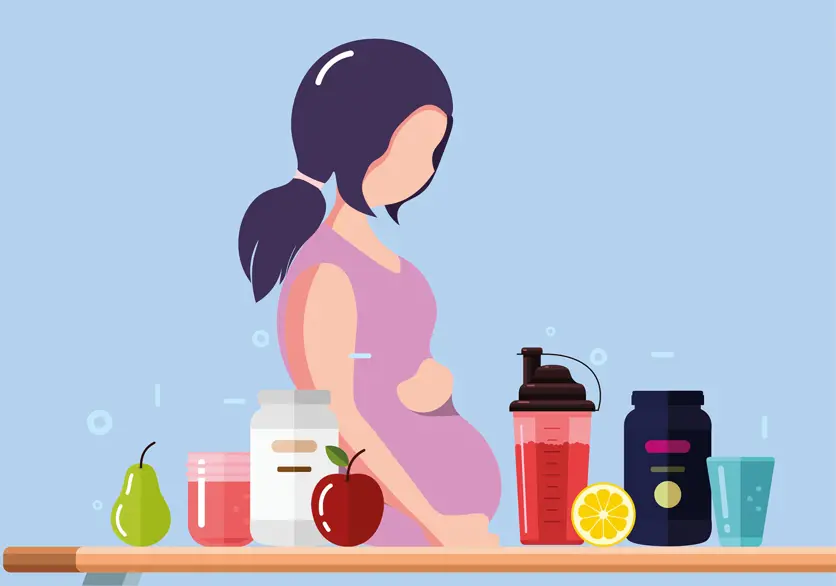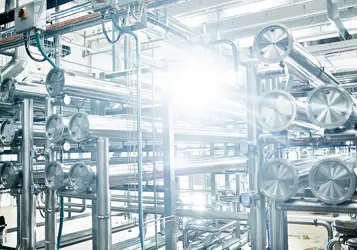It would be funny if it wasn’t so alarming. It’s now more than 50 years since we were able to put a man on the moon, but we still can’t agree on how much protein we should be giving him here on earth.
While it’s well established that dietary protein forms an essential component of a healthy diet in humans to support growth & maintenance during the stages of development, as well as maintenance during all other life stages, there’s no apparent consensus on what the optimal levels should be. Food & Agriculture Organization (FAO) and World Health Organization (WHO) recommendations have fluctuated up and down for decades from 0.66 gram per kilo of body weight per day in 1957, to a peak of 0.89g/kg/d in 1965, to the current applicable recommendation of 0.83/kg/d, which was adopted in 2007.
Furthermore, while the current Estimated Average Requirement (EAR) is 0.66g/kg/d, the Recommended Dietary Allowance (RDA) is 0.80g/kg/d. There is little specific detail on what these numbers mean for vulnerable demographic groups, including pregnant or lactating women, young infants, seniors, and hospitalized patients requiring clinical nutrition for recovery. While in most western countries, there are few concerns about the general population’s average protein intake, in developing countries where malnutrition is prevalent, it is important that consensus is reached to close important nutritional shortfalls.
For example, a 2014 report from UNICEF on global birth weights found that in South Asia, the percentage of infants who were born weighing less than 2.5kg is 28 percent, compared to a global average of 15 percent. India has a particularly high prevalence of low birth weight babies which can be partially explained by the country’s low consumption of protein, both in terms of quantity and quality.
Understanding protein synthesis
Having grown up from India, I have seen first-hand how malnutrition during the critical life stages can impact growth and development, and lead to negative outcomes like stunted growth i.e. “stunting.” With this background, my work in the late 1990s initially focused on what the right amount of protein should be to feed to young children.
I conducted my masters research project on a by-product of wheat (resultant atta), which was being discarded during the milling process. The idea was to see how this substance could be blended with other nutrient-rich products to create an economical solution to nourish children and counter stunting. Unfortunately, at that time, the technology was not locally available to make efficient blends with this by-product.
I felt I needed more technological knowhow in order to explore the idea that protein nutrition can be more efficient. This is why, when I came to Canada for my doctoral work, I began to look at the potential for the Indicator Amino Acid Oxidation (IAAO) method in humans in vivo in determining whether different blends of protein could be used to maximize protein synthesis.
IAAO: A new hope
The IAAO method was initially developed by several Canadian universities in the late 1980s, with a primary application in animal models. The method is well established in animal nutrition (particularly in pigs), so that the growth of livestock animals can be maximized by feeding them the most optimal levels possible of protein and amino acids.
IAAO is based on the concept that when one indispensable amino acid (IDAA), such as highly essential lysine, is deficient for protein synthesis, then all other IDAA, will be oxidized. With increasing intakes of the specific IDAA, IAAO will decrease, reflecting increasing incorporation into protein. Once the requirement for the limiting amino acid is met, there will be no further change in the indicator oxidation. The IAAO method is robust, rapid, and reliable, when compared to older nitrogen balance techniques. Since it can be exclusively conducted on breath samples, it is non-invasive and ethical, because it doesn’t require blood samples.
Taking the method to humans
The potential for IAAO in humans led me to conduct my postdoctoral fellowship at the Hospital for Sick Children in Toronto in the mid-2000s. On completing my postdoctoral work in young children and reviewing the literature, it became apparent that you need to start evaluating the mother’s protein intake at conception or before to ensure that the next generation gets adequate levels of nutrition.
Since then, my work has further focused on demonstrating the potential for this analysis technology in different demographic groups, with research into pregnant women in this area beginning in 2010. Assessing at-risk groups such as pregnant women and young children is particularly important right now, as very little data currently exists, due to both practical and ethical reasons. Determining a protein need requires testing people at both very low and very high intakes. This is unethical in pregnancy as you don’t want to risk the well-being of the mother or child by administering them a too low or too high intake of protein intake.
Our technique, by contrast, is suitable for these populations too, since it only has to be conducted over a very short period of time, and is non-invasive through only being based on stable isotope measurements excreted in the breath. Over a period of just 8 hours, we are able to test whether an expectant mother requires a higher or in fact lower protein intake.
One of the main findings of our overarching work in this field is that the current recommendations for protein quantity are underestimated by the older nitrogen-based techniques. While in adults this amount in shortfall is about 30%, in the much more active stages of growth (e.g. pregnancy and fast-growing children), the gap can be as high as 70%. Furthermore, our work has found that protein requirements in pregnant women during the early gestation stage are 1.2g/kg/d, which rises to 1.52g/kg/d during the later gestation stage (Stephens, Elango et al, J Nutr. 2015;145:73-8). This means that protein intake should be 27 percent higher during the later stages of pregnancy.
This type of work draws attention to the need for reconsidering the quantities of protein consumed. But it also raises questions about the issue of quality and why certain types of protein, such as whey have an important role to play in cutting the shortfall. This issue will be addressed in the next part of my blog.
This blog contains material and information intended for B2B customers, suppliers and distributors, and is not intended as information to the final consumers.
























